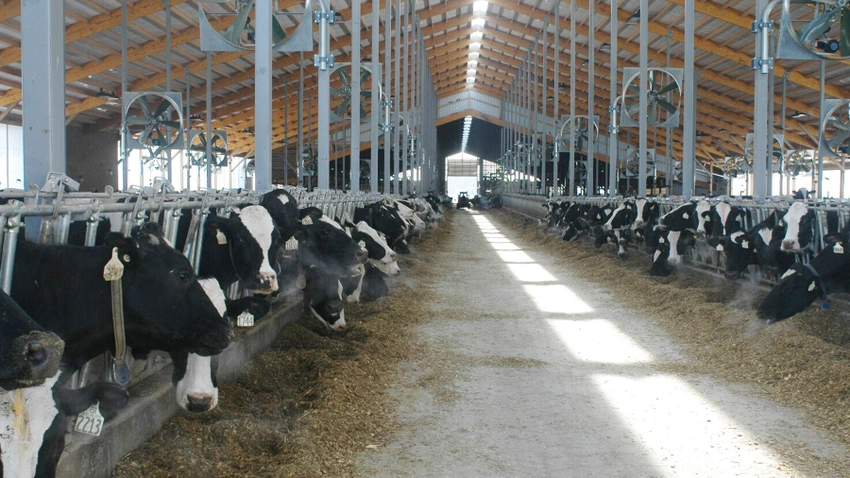The May Chicago wheat futures contract recently closed 41% higher than the prior week, a...
Tighter Milk Supply Sends Prices Climbing

From mid-July to mid-August, dairy markets rallied, feed markets have gone down, and people are feeling a little better about things in the dairy industry, according to Ben Buckner, Dairy and Grains Analyst for AgResource Co. Buckner spoke during a recent Professional Dairy Producers Dairy Signal webinar. “I think we have a lot less milk for the next six months than we thought we would have, and certainly less than we had the first half of this year,” he explained.
Buckner believes dairy and grain markets will be very volatile for the foreseeable future. Milk prices have risen from a low of $13.80 per cwt in mid-July to between $17 and $18 per cwt in mid-August.
“Maybe we need a new supply threat to get back to $19 to $20 Class III milk prices,” said Buckner. “It’s been an exhausting three or four months. We don’t have a lot of milk or dairy products compared to consumption. But the cheese market flips back and forth each week from thinking we have too much cheese to too little in a very, very short period of time. We’ve seen this pretty dramatic correction to the Class III milk-corn ratio. We’re headed back to levels we haven’t seen since the middle of last year, and that we haven’t seen on a lasting basis for the last 2½ years.”
Buckner said he has been paying close attention to dairy cow slaughter rates, beef prices, national cow numbers and milk production per cow.
Higher cheese, butter prices
“Milk production suddenly dropped in June,” Buckner said. “Dairy stocks can tell if you are in a bull or bear market ahead of time. We are seeing milk production contract. The cow herd did shrink this summer, and we are not increasing per-cow output like we had been in the past.”
Buckner said this scenario, combined with the fact that we consume the most dairy products in the second half of the year due to the holidays, sets up the likelihood for milk and dairy product prices to continue to rise. “We lost a lot of milk production in the southwestern U.S., particularly Texas,” he said. “And dairy cow slaughter is still 4% to 6% above what it was a year ago. I think milk output per cow will look very bearish for the foreseeable future.”
At the same time, New Zealand milk production is also contracting for the first time in 2023. “The U.S. and New Zealand are the two largest dairy exporters in the world,” Buckner explained. Seeing New Zealand’s milk production collapse at the same time U.S. milk production is down points to higher prices. The balance sheet is tightening, and the outlook is bullish based on consumption trends and seasonal trends. We are back to where we were at the beginning of 2023.”
Cheddar prices increased from $1.56 per pound in mid-July to $2.40 in mid-August. “I think the cheddar price will remain above $2 per pound for the rest of the year,” Buckner said. “Butter has also increased, from $2.35 a pound in mid-July to $2.70 per pound a month later. The butter outlook is pretty positive and likely continues through the end of the year.”
EDITOR’S TAKE:
As the article points out, the dairy industry has been like a yo-yo for the first half of 2023. Now, however, with lower production and heading into the typically higher demand season, dairy prices seem to be on the upswing. This may not be the best news for consumers who are looking for ways to stretch their food dollar. For dairy farmers, however, this is welcome news that will likely carry them comfortably into 2024. And as we often like to point out – dairy farmers do use a lot of trucks in their operations. Assuming this forecast is accurate, look to see them in your showroom very soon. Be sure you ask that all important question – are you a farmer/rancher looking for a farm truck? If their answer is affirmative, this provides the perfect opening for you to introduce all the advantages of AgPack®! It can help seal the deal…








